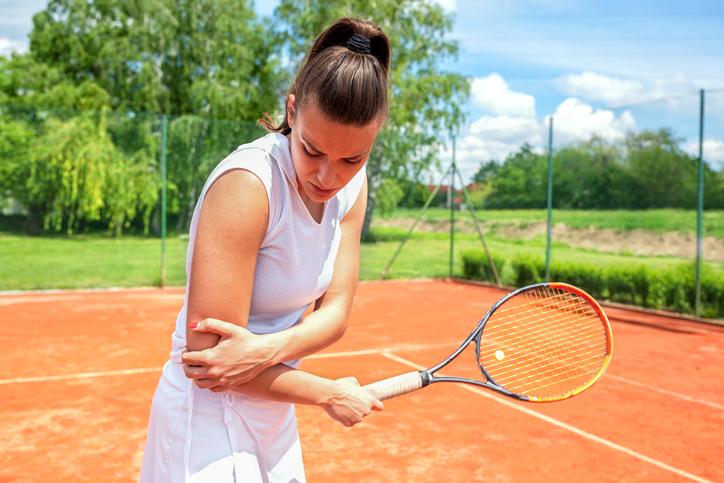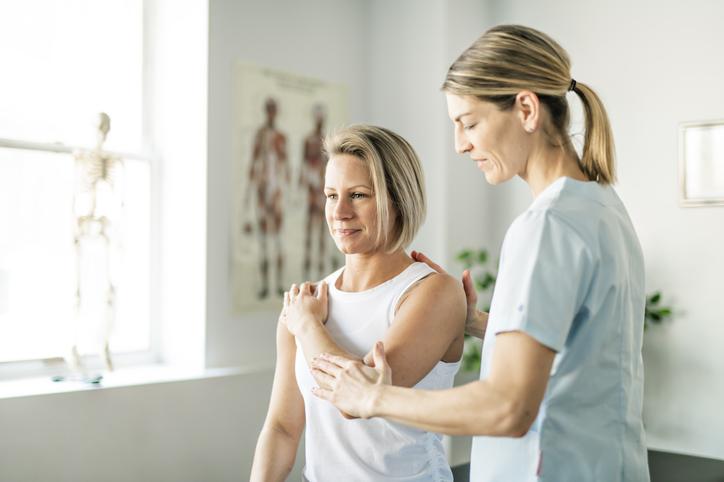Tennis and golfers' elbow

What is tennis elbow and golfers' elbow?
If you experience elbow pain either during sports or your daily routine, you may be suffering from tennis or golfers elbow. It is commonly caused by repetitive arm and wrist motions leading to overloading of the tendons running from the outer and inner side of the elbow. This condition often appears in one of two variations:
(i) overuse/overload on the outer tendon of the elbow is what causes Tennis elbow;
(ii) overuse/overload of the inner tendon of the elbow is what causes Golfers' elbow.
These conditions are not limited to athletes and actually frequent occurs in occupations where work tasks revolve heavily around performing single-sided and repetitive wrist movements such as carpentry. Vibrations from using a tennis racket, a hammer or other tools are frequent culprits. Small repetitive exertions of pressure, such as using a computer mouse or typing on a keyboard for several hours, are other common causes.

Treatment for tennis elbow and golfers' elbow
Physiotherapy will include a gradual tendon remodelling/strengthening home exercise program and specific advice on activity modifications. It will aid in reducing pain and facilitating the healing process to maximise the chances of an optimal outcome and to decrease the likelihood of re-injury.
Our Physiotherapy may include:-
- Joint mobilisation to reduce joint stiffness and muscle tightness
- Deep tendon scar tissue release to promote healing and soften scar tissue
- Myofascial and deep tissue release for muscle tension and muscle spasm
- Trigger point release
- Acupuncture and dry needling to reduce pain and muscle tightness
- Ultrasound to reduce inflammation and promote healing / TENS for pain relief
- Kinesiology taping and taping therapy for support of joints and muscles
- Muscle energy technique
- Individualised exercise programme incorporating strengthening, stretching and proprioception (PhysioQinetics Youtube Channel)
- Sport-specific rehabilitation
In severe or chronic cases, some patients may require further interventions including steroid injection or surgery.